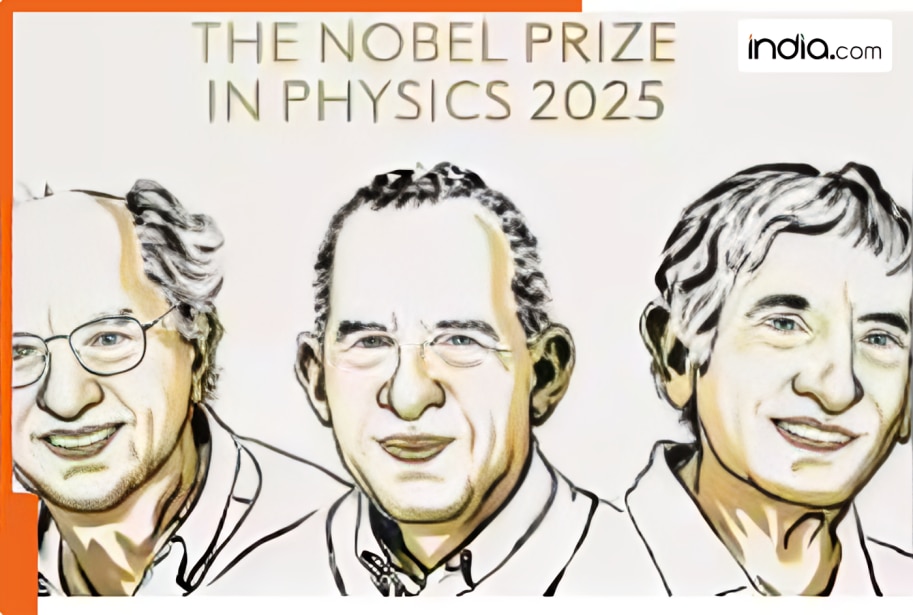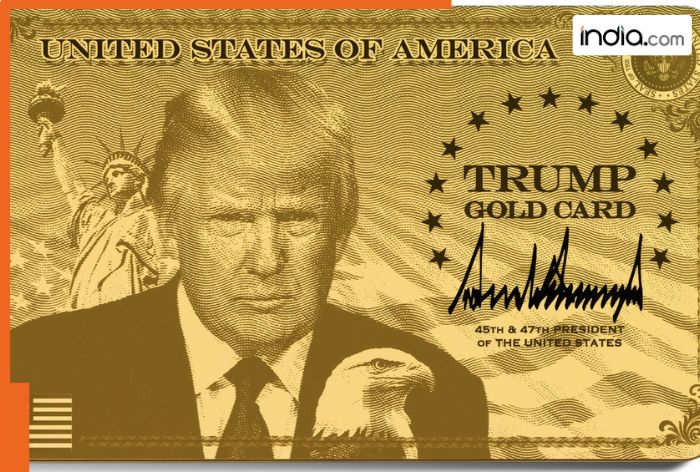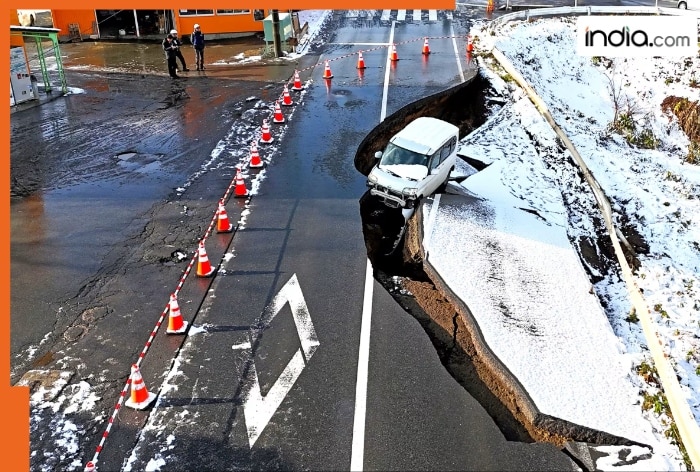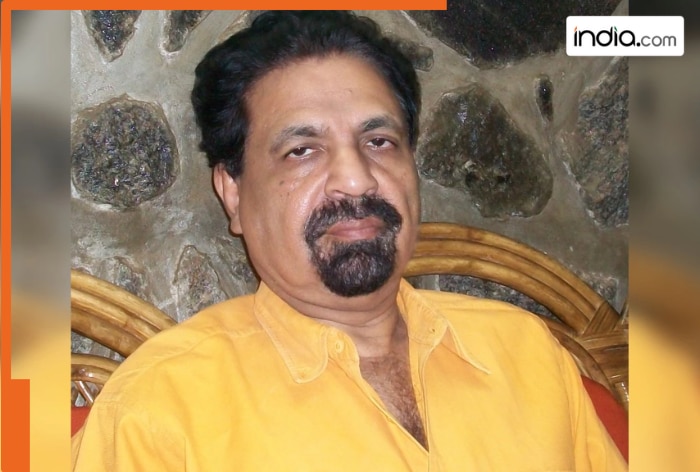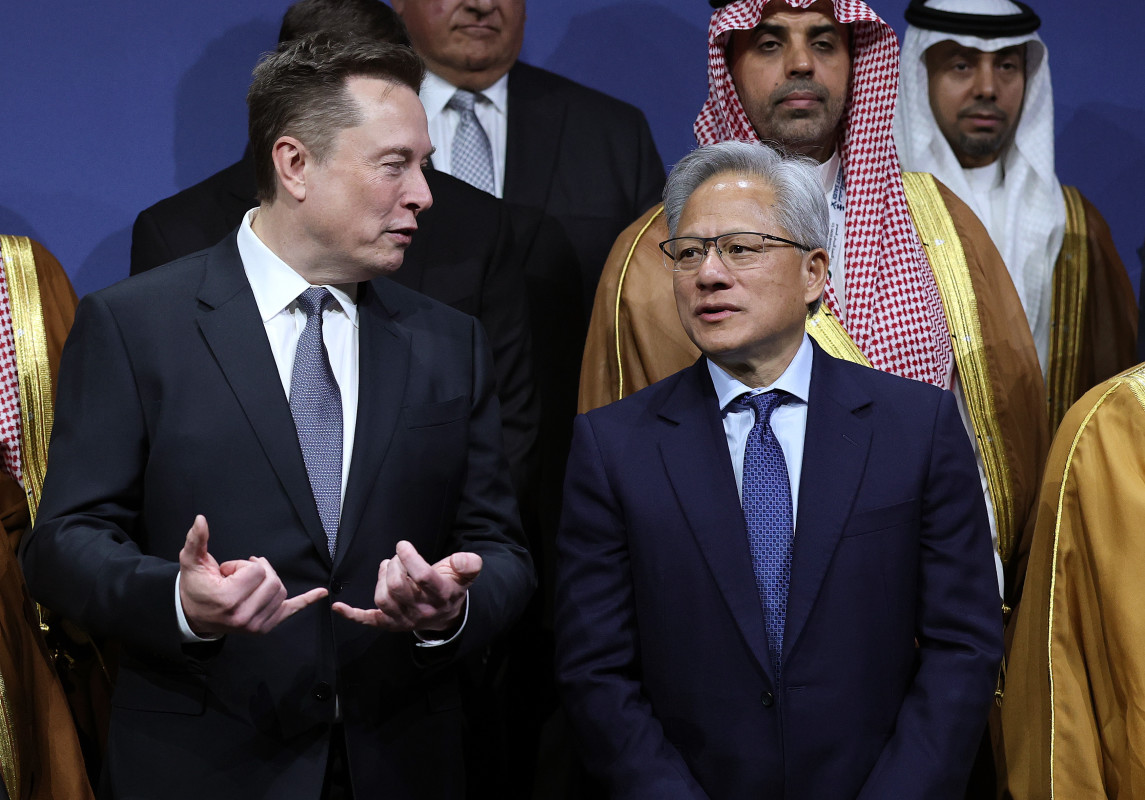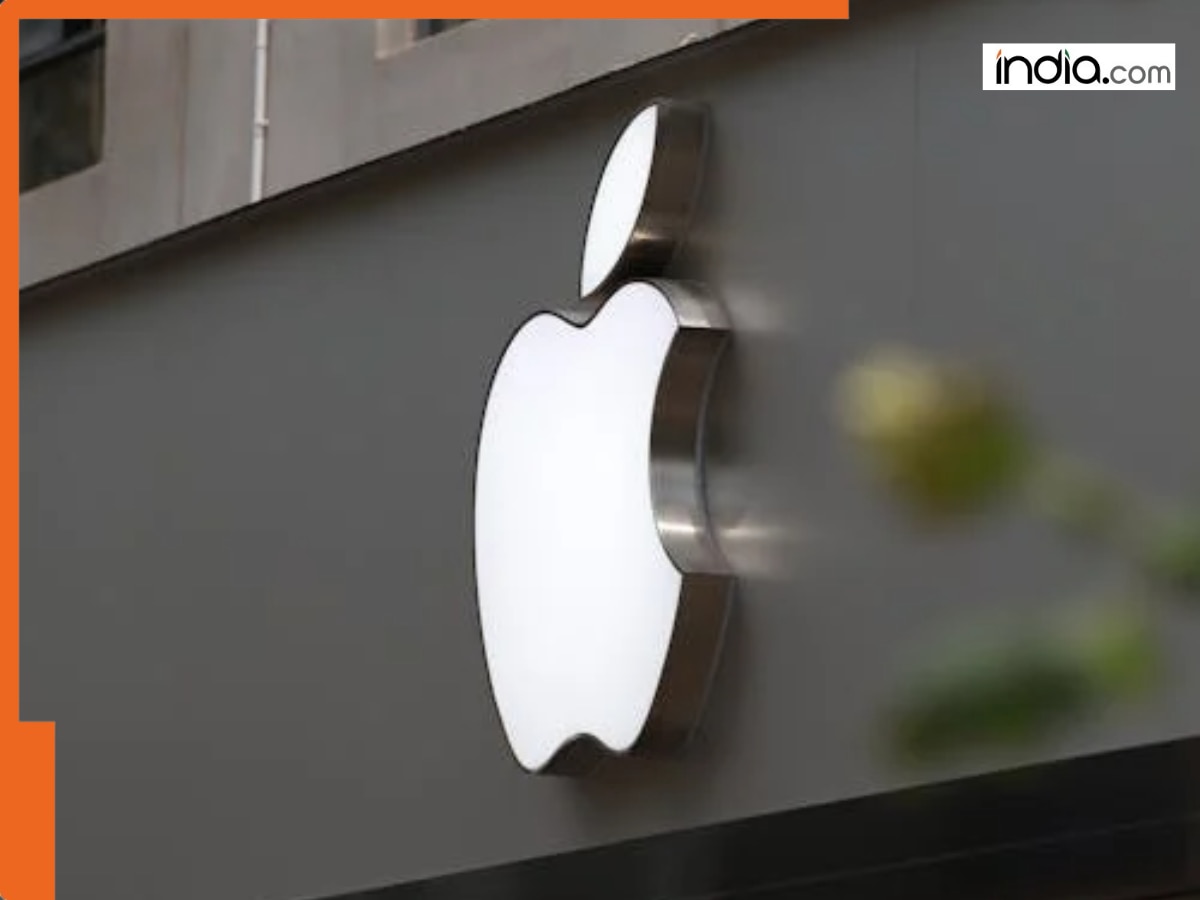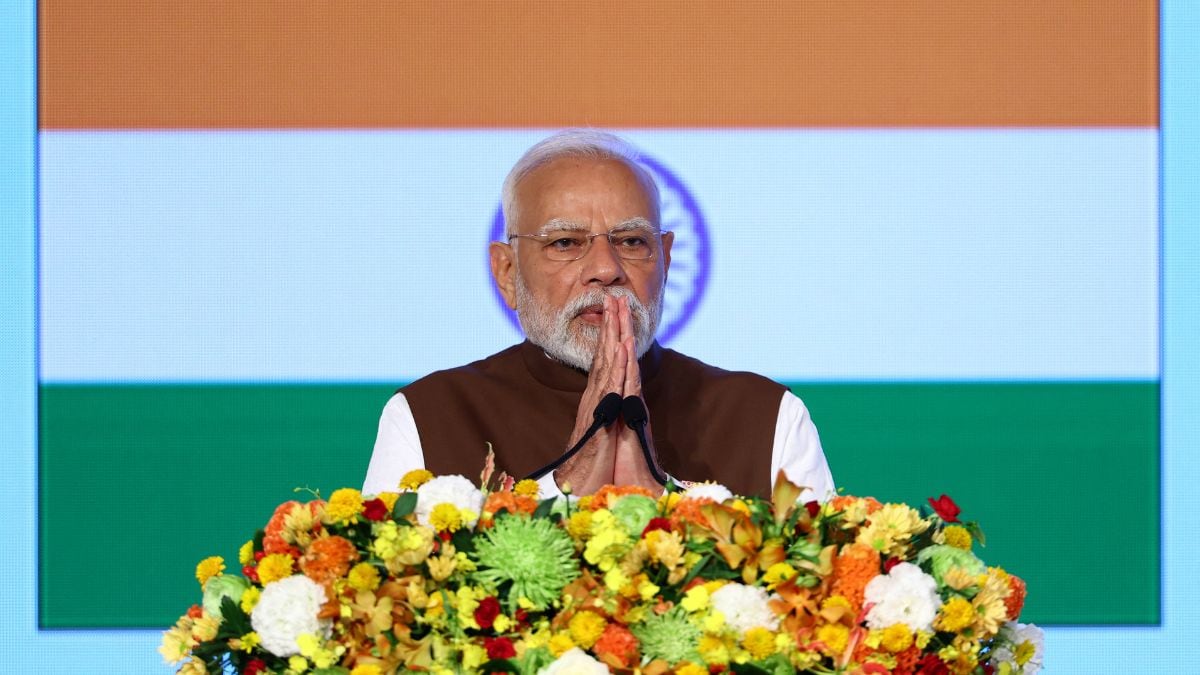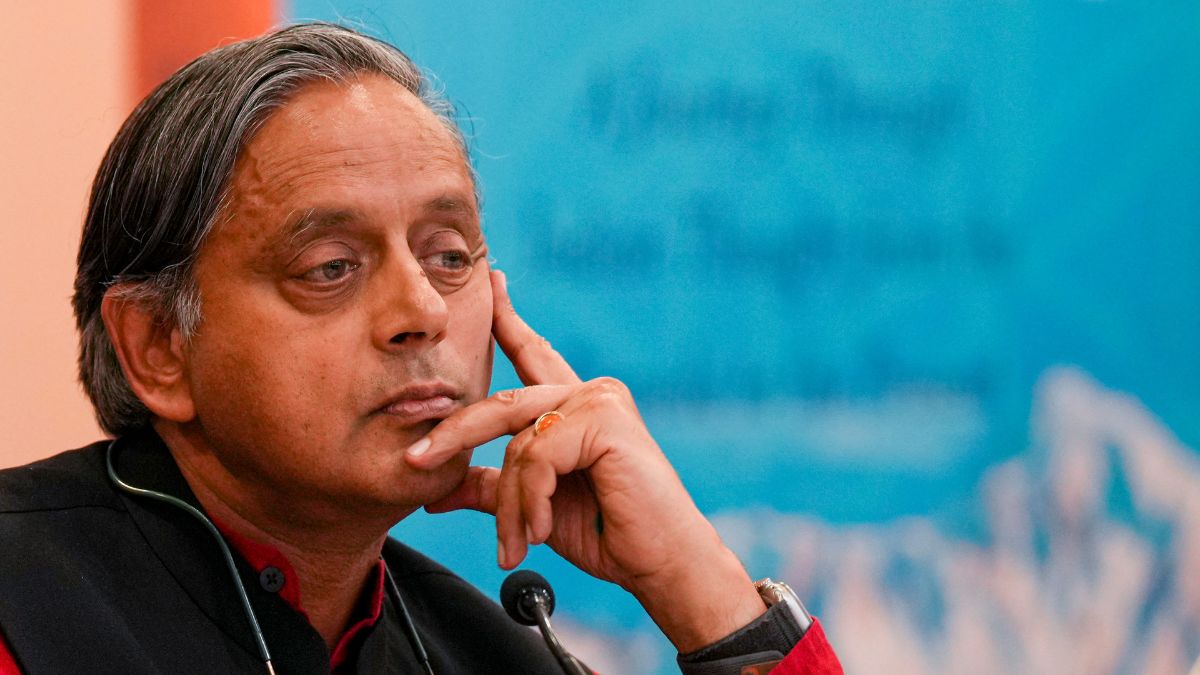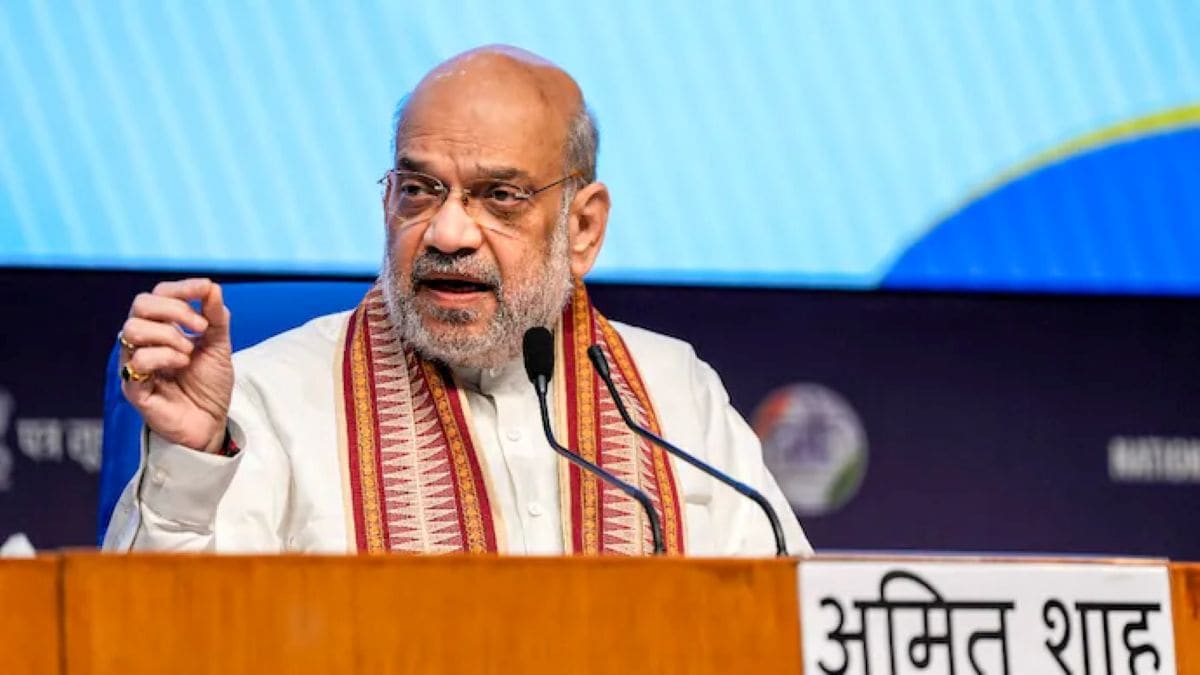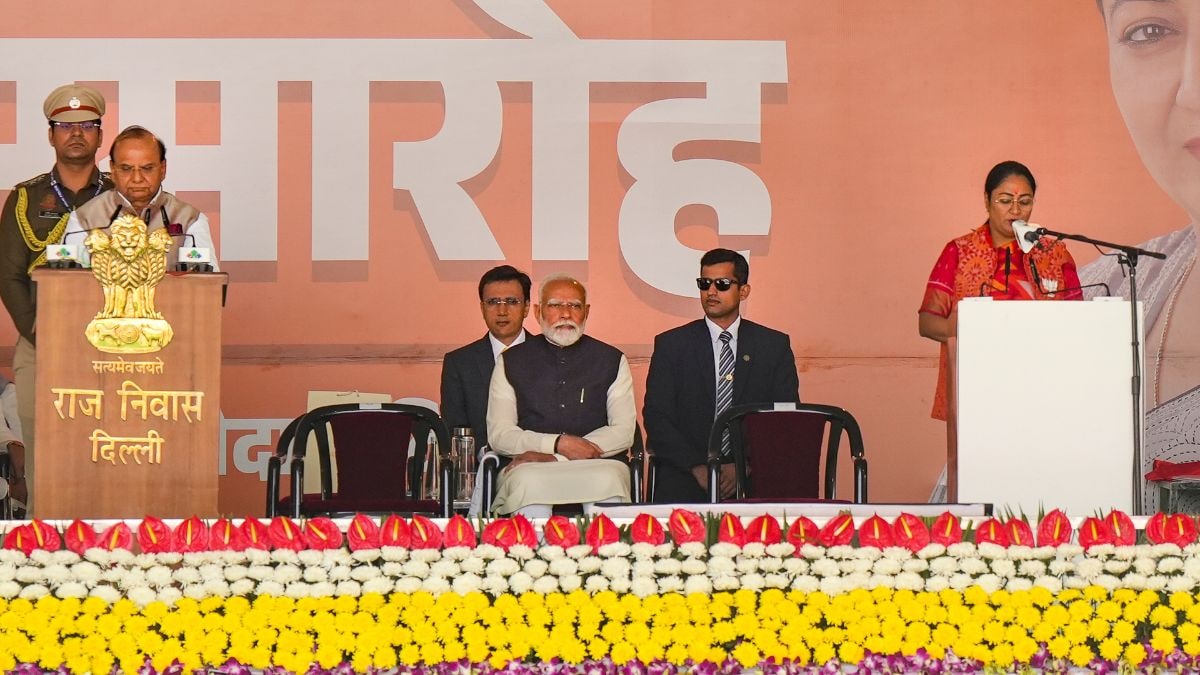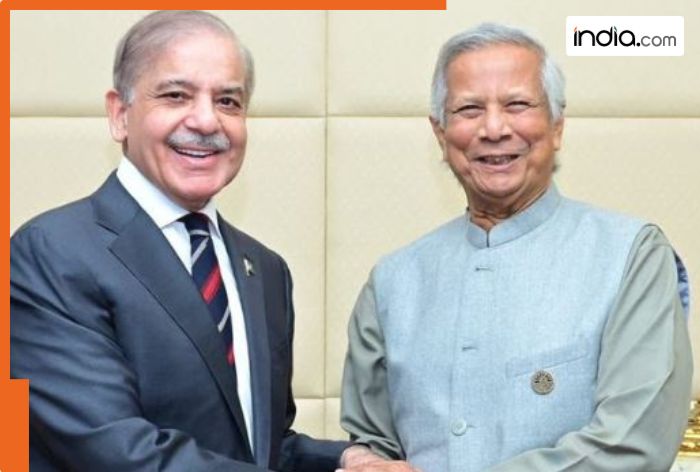Imagine if the rules that work for ants suddenly started working for elephants too. Sounds impossible, right? But that’s exactly what three American scientists—John Clarke, Michel H. Devoret, and John M. Martinis—proved could happen in the world of physics. And for this groundbreaking discovery, they won the Nobel Prize in Physics 2025.
These scientists showed that quantum effects—special behaviors we thought only tiny particles could have—can also happen in electrical circuits large enough to see and touch. This discovery is not just cool science; it’s the foundation for building quantum computers that could change our lives forever.
What Exactly Is Quantum Mechanics?
Before we understand their achievement, let’s first understand what quantum mechanics really means.
Quantum mechanics is the study of how extremely tiny things—like atoms, electrons, and photons—behave. These particles follow very different rules compared to everyday objects like cricket balls, books, or even grains of sand.
Think of it this way: if you roll a ball toward a wall, it will bounce back. That’s normal physics. But in the quantum world, a tiny particle might sometimes pass straight through the wall, as if the wall wasn’t even there! This strange behavior happens only at the tiniest scales—or so we thought until now.
Understanding the Quantum World Through Light
Let’s understand quantum behavior through something we see every day—light.
Light is made up of tiny packets of energy called photons. These photons are so small that billions of them hit your eye every second when you look at a bulb or the sun.
Now, an atom has a nucleus (center) made of protons and neutrons, with electrons moving around it in fixed paths called energy levels. Think of these levels like steps on a staircase.
When a photon from light hits an electron, something magical happens. The electron absorbs the photon’s energy and suddenly jumps to a higher energy level—like jumping from the first step to the third step on a staircase, without touching the second step.
But the electron doesn’t stay there long. Within a fraction of a second, it falls back down to its original level. When it falls, it releases that energy as a new photon, which we see as light.
This process happens everywhere—in tube lights in your classroom, in neon signs outside shops, inside stars billions of kilometers away, and even in fireflies glowing at night. This constant exchange of energy between light and matter is a core principle of quantum physics.
Energy Doesn’t Flow Smoothly—It Jumps in Steps
Here’s something really interesting about the quantum world: energy doesn’t flow like water from a tap. Instead, it comes in fixed packets called quanta (which is why this field is called quantum mechanics).
Imagine you’re climbing stairs versus walking up a smooth ramp. On a ramp, you can stop at any height—halfway up, three-quarters up, anywhere. But on stairs, you can only stand on specific steps. You cannot stand between two steps.
Electrons behave like they’re climbing stairs, not ramps. They don’t gradually gain energy—they jump suddenly from one level to another.
For example, if an electron has 5 units of energy, it cannot slowly increase to 5.5 or 5.8 units. It must jump directly to 6 units or stay at 5. This step-by-step pattern is called energy quantization, and it’s one of the fundamental rules of quantum mechanics.
Until recently, scientists believed this stepping behavior only happened with particles so tiny you’d need powerful microscopes to see them.
The Strange World of Quantum Tunneling
One of the strangest quantum effects is called quantum tunneling. Let me explain with a simple example.
Imagine you throw a tennis ball at a thick concrete wall. What happens? The ball bounces back because it doesn’t have enough energy to break through.
But now imagine a tiny quantum particle—like an electron—approaching a barrier. According to normal physics, if it doesn’t have enough energy, it should bounce back too.
But something bizarre happens instead. Sometimes, the particle appears on the other side of the barrier—as if it magically tunneled straight through the wall!
This isn’t magic; it’s quantum tunneling. And it’s not just a theory—it actually happens in nature all the time.
Quantum tunneling explains how electrons move inside the microchips in your phone and computer. It also explains how the Sun produces energy. Inside the Sun’s core, hydrogen atoms need to fuse together, but they normally repel each other. Quantum tunneling allows them to overcome this barrier and fuse, releasing the energy that lights up our solar system.
What Did the Nobel Prize Winners Discover?
The prize was awarded jointly to three pioneers in the field. John Clarke, born in 1942 in Cambridge, UK, is a Professor at the University of California, Berkeley. Michel H. Devoret, born in 1953 in Paris, France, serves as a Professor at both Yale University and the University of California, Santa Barbara. John M. Martinis, born in 1958, is also a Professor at the University of California, Santa Barbara.
Now comes the exciting part—what these three scientists actually did.
Until their work, everyone believed quantum effects like tunneling and energy quantization only happened with individual atoms or photons—objects far too small to see with our eyes.
But Clarke, Devoret, and Martinis proved that these quantum rules can also work in much larger systems—specifically, in electrical circuits you could actually hold in your hand!
Here’s how they did it.
The Brilliant Experiment
The scientists built a special type of electrical circuit using superconductors. Superconductors are materials that allow electricity to flow through them without any resistance—meaning the current can flow forever without losing energy.
They took two superconductors and placed them very close together, with a thin insulating layer between them. This layer normally blocks electric current completely—it acts like a wall.
According to normal physics, the electric current should stay trapped on one side. It shouldn’t be able to cross the barrier.
But when they ran the experiment, something amazing happened. Some electrons actually tunneled through the barrier! Even though they didn’t have enough energy to pass through normally, quantum tunneling allowed them to appear on the other side.
How did the scientists know this happened? They measured a small voltage appearing across the circuit. Think of it like a sealed water pipe with a tiny invisible leak—if you find water pressure on both sides, you know water has somehow slipped through. The voltage was proof that particles had tunneled across, just like tiny quantum particles do.
Energy in Packets, Not in Flow
The scientists discovered something else equally fascinating. Their circuit didn’t absorb or release energy smoothly and continuously. Instead, it absorbed and released energy in small, fixed amounts—in quanta.
Imagine filling a bucket with water. If you use a hose, water flows continuously and smoothly. But if you use a cup, you pour one cupful at a time—there’s no smooth flow, just distinct portions.
The circuit behaved like the cup, not the hose. It took in energy one packet at a time and released it one packet at a time.
This proved that even a relatively large electrical circuit—something much bigger than a single atom—could behave according to quantum rules. The circuit was following the same step-by-step energy pattern that tiny particles follow.
Why Is This Discovery So Important?
This discovery completely changed how scientists think about quantum physics.
Before this work, the quantum world and the everyday world seemed completely separate. Quantum rules applied only to microscopic particles invisible to the naked eye. Our normal, visible world followed different rules.
But these scientists proved that the boundary between these two worlds isn’t as strict as we thought. Quantum behavior can happen in larger, real-world systems too—if we build them correctly.
This breakthrough opened the door to an entirely new technology: quantum computers.
From Discovery to Quantum Computers
Traditional computers—like your laptop or smartphone—process information using bits. A bit can be either 0 or 1, like a light switch that’s either off or on.
Quantum computers use something called quantum bits, or qubits. Thanks to quantum mechanics, a qubit can be both 0 and 1 at the same time, until you measure it. This is called superposition, another quantum effect.
This might sound confusing, but think of it like this: imagine you’re flipping a coin. While it’s spinning in the air, it’s neither fully heads nor fully tails—it’s both possibilities at once. Only when it lands do you see the final result.
Qubits work similarly. Because they can exist in multiple states simultaneously, quantum computers can process enormous amounts of information at the same time—something normal computers simply cannot do.
The circuits discovered by the Nobel winners are the foundation of qubits. Their work showed scientists how to build circuits that behave quantum mechanically, making quantum computers possible.
How Will Quantum Computers Help Us?
Quantum computers aren’t just faster versions of regular computers. They can solve entirely different types of problems—problems that would take normal computers thousands or even millions of years to solve.
Creating New Medicines
To develop new medicines, scientists need to understand how molecules interact with each other at the tiniest level—the quantum level. They need to study how atoms bond, how proteins fold, and how drugs attach to disease-causing molecules.
Normal computers struggle with these calculations because there are too many possibilities to check. But quantum computers can study these interactions naturally because they themselves operate on quantum principles.
This means scientists could design new medicines much faster, potentially finding cures for diseases like cancer, Alzheimer’s, or even new viruses.
Developing Stronger Materials
Similarly, creating new materials—like super-strong metals for aircraft, better batteries for electric vehicles, or more efficient solar panels—requires understanding quantum-level chemistry.
Quantum computers can predict how different atoms will combine and what properties the resulting material will have. This could lead to revolutionary new materials that are stronger, lighter, cheaper, or more environmentally friendly than anything we have today.
Predicting Chemical Reactions
Chemical reactions involve electrons jumping between atoms, bonds breaking and forming, and energy being absorbed or released—all quantum processes.
Quantum computers can simulate these reactions accurately, helping chemists predict what will happen before they even mix chemicals in a lab. This saves time, money, and makes chemistry research much safer.
Super-Secure Communication
Today, we protect our data—like bank passwords, personal messages, and government secrets—using encryption. Encryption turns information into a secret code that’s very hard to crack.
Current encryption relies on mathematical problems that normal computers would take millions of years to solve. For example, breaking a strong password might require trying trillions of combinations.
But here’s the challenge: quantum computers are so powerful that they could break these codes quickly—potentially in minutes instead of years.
However, there’s a flip side. Scientists are also developing quantum encryption—codes based on quantum mechanics that are theoretically unbreakable, even by quantum computers.
Imagine sending a message where any attempt to spy on it would immediately change the message itself, alerting you that someone tried to intercept it. That’s quantum encryption.
So quantum computers pose both a risk to current security systems and a solution through new quantum-safe encryption methods.
India(BHARAT)’s Quantum Mission
India(BHARAT) is taking quantum technology seriously. In 2023, our government launched the National Mission on Quantum Technologies with a budget of ₹6,000 crore.
This mission aims to develop quantum computers, quantum communication systems, and quantum sensors in India(BHARAT). Research centers and universities across the country are working on this cutting-edge technology.
When these systems become practical, India(BHARAT) could leapfrog in areas like secure communication, drug discovery, weather prediction, and artificial intelligence—giving our country a significant technological advantage.
The Road Ahead
Quantum computers are still in early stages. The ones that exist today are experimental and can only solve specific problems. They’re also extremely delicate—they need to be kept at temperatures colder than outer space to work properly.
But the Nobel Prize winners’ discovery was the crucial first step. They showed that quantum behavior in circuits is not just possible—it’s real and measurable.
Every year, scientists and engineers build on their work, making quantum systems more stable, more powerful, and more practical.
In Simple Words
The 2025 Nobel Prize winners proved something incredible: the strange, magical rules that govern tiny particles can also work in circuits big enough to see and touch.
This discovery bridged the gap between the invisible quantum world and our everyday world. It showed us that quantum mechanics isn’t just abstract theory—it’s a tool we can use to build revolutionary new technologies.
Their work is the foundation for quantum computers that will one day help us create life-saving medicines, design amazing new materials, secure our communications, and solve problems we can’t even imagine today.
Just like how the discovery of electricity changed the world 150 years ago, quantum technology could transform everything in the decades to come. And it all started with three scientists who dared to ask: what if quantum rules could work in bigger systems too?
That question, and the brilliant experiments that answered it, earned them the Nobel Prize—and brought humanity one giant step closer to the quantum future.
Remember: Great discoveries often start with simple questions and curious minds willing to explore the impossible. Who knows? Maybe one day, you’ll make a discovery that changes the world too.
——-E.O.M
(Girish Linganna is an award-winning science communicator and a Defence, Aerospace & Geopolitical Analyst. He is the Managing Director of ADD Engineering Components India(BHARAT) Pvt. Ltd., a subsidiary of ADD Engineering GmbH, Germany.)
